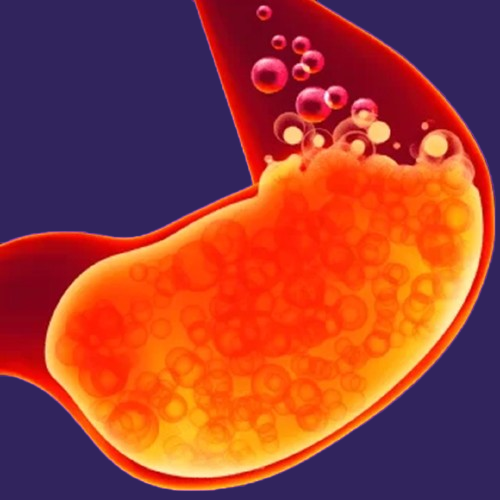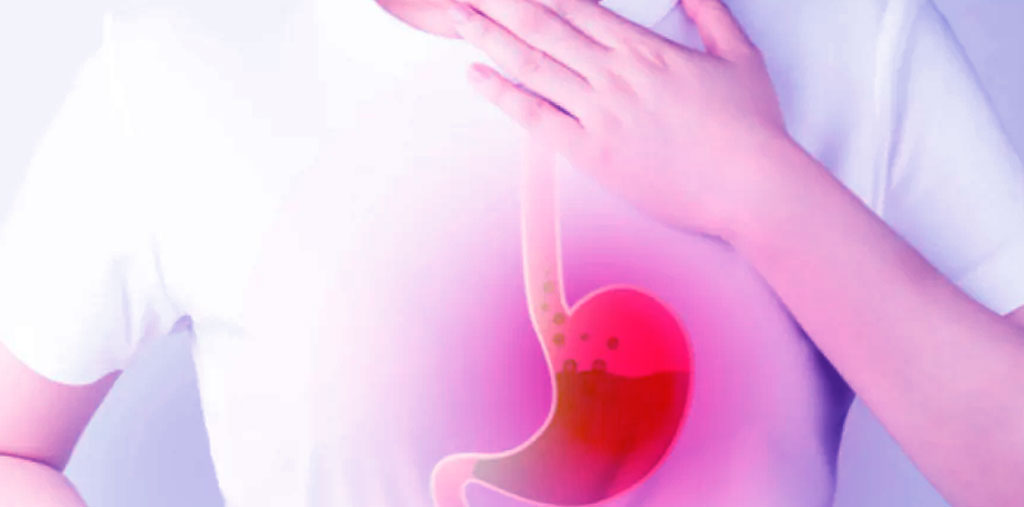Endoscopic Treatment for GERD (Gastroesophageal Reflux Disease)
Endoscopic Treatment for GERD (Gastroesophageal Reflux Disease)

Endoscopic Treatment for GERD
GERD, or gastroesophageal reflux disease, is a common digestive disorder that occurs when stomach acid flows back into the esophagus. This causes symptoms such as heartburn and acid reflux and, if left untreated, can lead to damage in the lower esophagus. In cases where medication and lifestyle changes do not bring relief, doctors may recommend endoscopic treatment for GERD as an effective, minimally invasive option.

What is Endoscopic Treatment for GERD?
Endoscopic treatment for GERD is a medical procedure that uses an endoscope to treat acid reflux without the need for open surgery. The goal is to strengthen the lower esophageal sphincter (LES), the valve between the esophagus and stomach, to prevent acid from flowing back into the esophagus. There are several techniques used, one of the most well-known being the GERDx technique.
Endoscopic Treatment for GERD (Gastroesophageal Reflux Disease)
What is the GERDX Technique?
The GERDX technique is an innovative medical procedure used to treat acid reflux, a condition in which stomach acid flows back into the esophagus. This reflux can cause symptoms like heartburn and chest pain, and it can lead to long-term health issues such as esophagitis or tissue damage. The GERDX technique aims to strengthen the lower esophageal sphincter, which prevents stomach acid from flowing back into the esophagus, reducing reflux and treating its symptoms.
Advantages of the GERDX Technique in Treating Acid Reflux
One of the key benefits of the GERDx procedure is that it does not require removal or significant modification of any part of the digestive system. Instead, it focuses on boosting the natural function of the LES. The procedure is typically non-surgical, resulting in a much shorter recovery time compared to traditional surgeries. GERDx has proven effective in permanently resolving GERD symptoms in many cases.
How Long Does the GERDx Procedure Take?
The GERDX procedure typically takes between 30 to 60 minutes, making it relatively quick and not requiring an extended hospital stay. In most cases, patients can leave the hospital on the same day.
Is the GERD Procedure Successful?
Yes, the GERDx technique boasts a high success rate of over 85%. The effectiveness of the procedure depends on accurate diagnosis and how well the patient's condition aligns with the treatment method.
Why is Dr. Mohamed El-Kady Considered the Best for GERDx?
Dr. Mohamed El-Kady is considered the best physician for treating GERD using the GERDx technique due to his deep understanding of patient conditions and his ability to determine if the technique is the most suitable option. He is highly skilled in evaluating medical histories and guiding patients to make the best decisions for their health.
What Diet Should Be Followed After the GERDx Procedure?
Following GERDx, it is crucial to adhere to a healthy diet to aid recovery and minimize risks. Doctors recommend avoiding spicy, fatty, acidic, and carbonated foods. Initially, the patient should consume soft or liquid foods, gradually transitioning back to a regular diet.
When Do Doctors Recommend Endoscopic GERD Treatment?
Doctors may recommend this procedure in the following cases:
- When medications like proton pump inhibitors (PPIs) fail to relieve symptoms.
- Persistent symptoms such as heartburn, acid reflux, or difficulty swallowing despite treatment.
- Complications such as lower esophageal damage, strictures, or chronic ulcers.
- Patients seeking a permanent solution and wishing to avoid long-term medication use.
- Complications from reflux medications, like osteoporosis or kidney issues.
- GERDx Procedure Steps with Dr. Mohamed El-Kady
GERDx Procedure Steps with Dr. Mohamed El-Kady
Benefits of Endoscopic GERD Treatment
This treatment offers several advantages that make it a preferred option for many patients:
- Minimally invasive with no surgical incisions.
- Short recovery period—patients typically go home the same or next day.
- Reduces reliance on long-term medication.
- High success rates, with many patients experiencing complete relief from symptoms.
- Significant improvement in quality of life.
Risks of Endoscopic GERD Treatment
Although generally safe, the procedure carries some potential risks:
- Minor bleeding or ulceration at the procedure site.
- Difficulty swallowing in the first few days post-procedure.
- Bloating or gas due to changes in stomach pressure.
- Return of symptoms if the sphincter doesn’t heal properly or if post-op instructions aren't followed.
Post-Treatment Tips for Best Results
To ensure optimal outcomes and reduce the chances of symptom recurrence, patients should:
- Follow a liquid or soft food diet for the first week.
- Avoid fatty, acidic, and spicy foods.
- Eat small, frequent meals throughout the day.
- Refrain from smoking and alcohol consumption.
- Elevate the head while sleeping to reduce pressure on the esophagus.
- Attend follow-up appointments with the doctor regularly.
